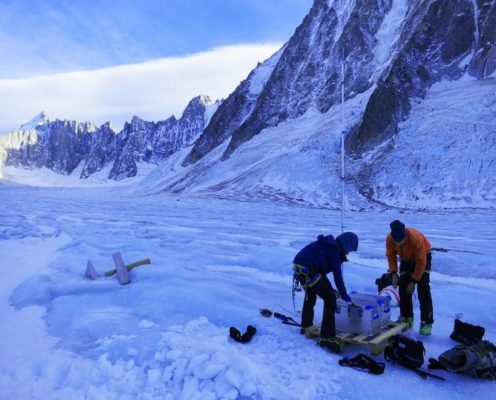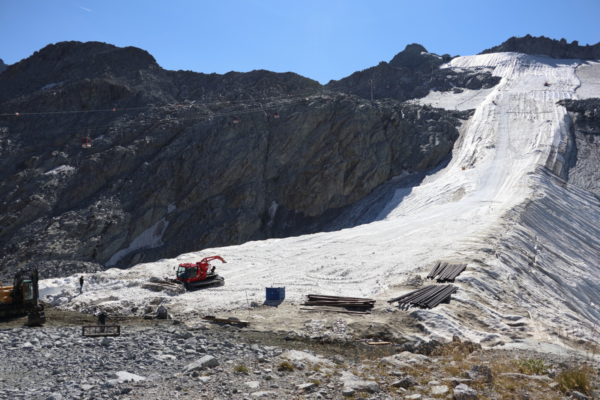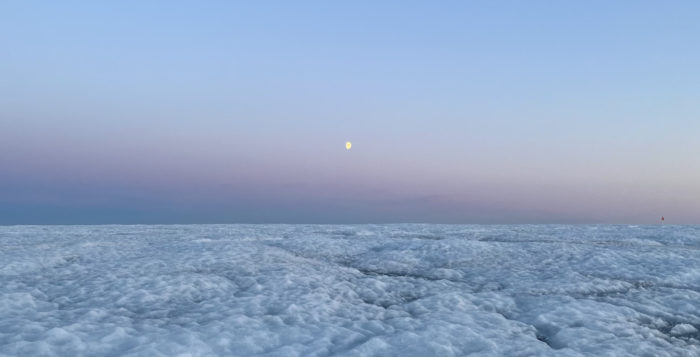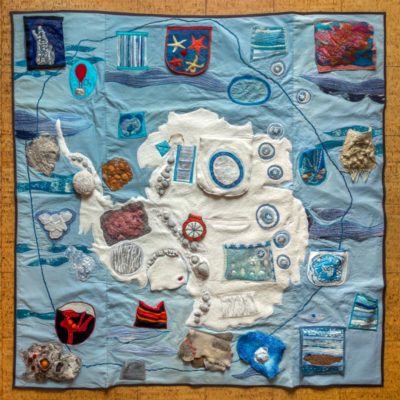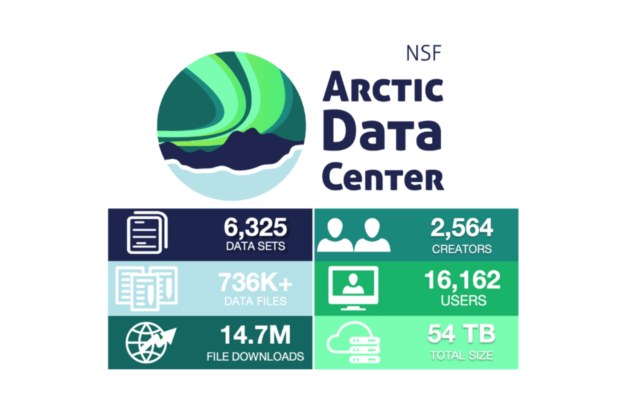Have you ever wondered what the voice of a glacier sounds like? Well, listen here! And if you want to know how the glacier makes these sounds, then let’s take a walk on the ice side… Close your eyes and think of the time you were in the middle of the mountains. On a snow plain, a glacier or a frozen lake; just you. You hear your footsteps in the snow, crunching ice. The wind blows through your hoo ...[Read More]
Did you know… that glaciers can sing?
